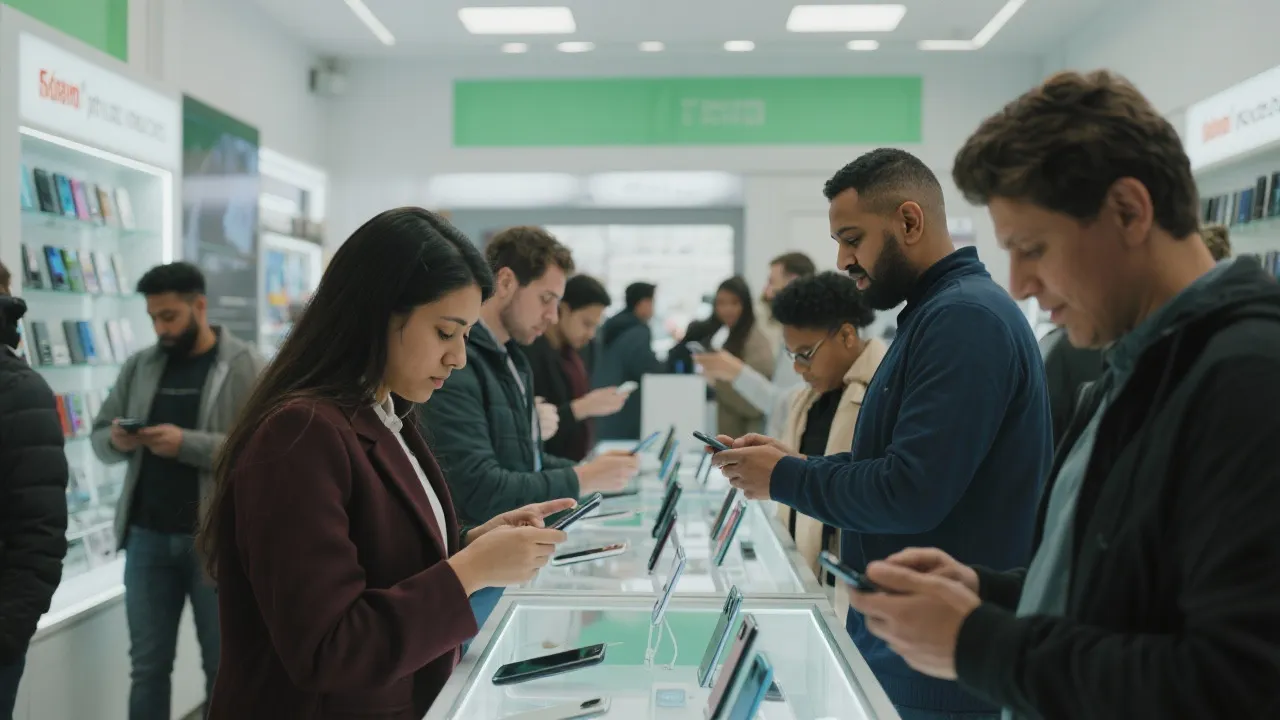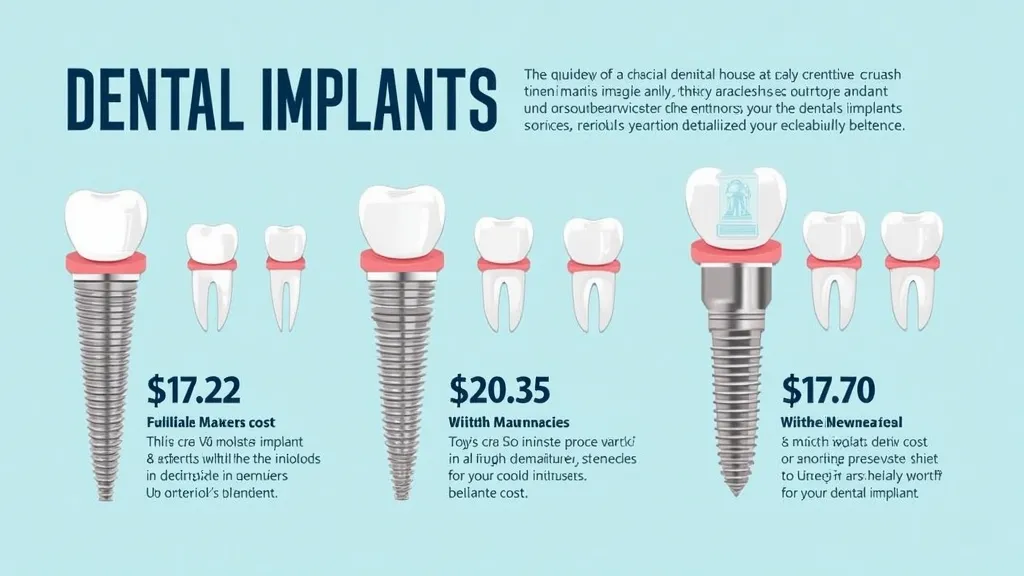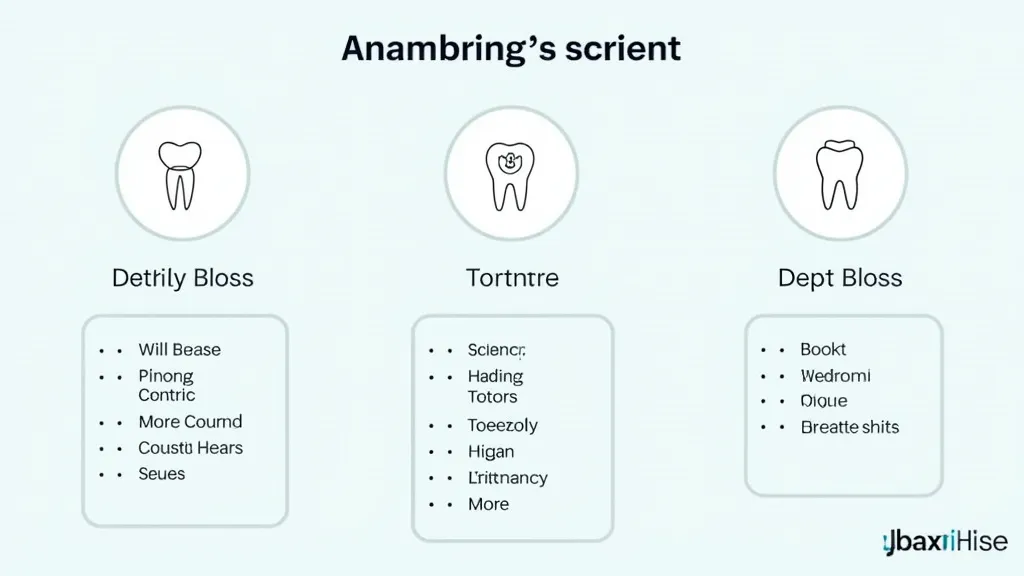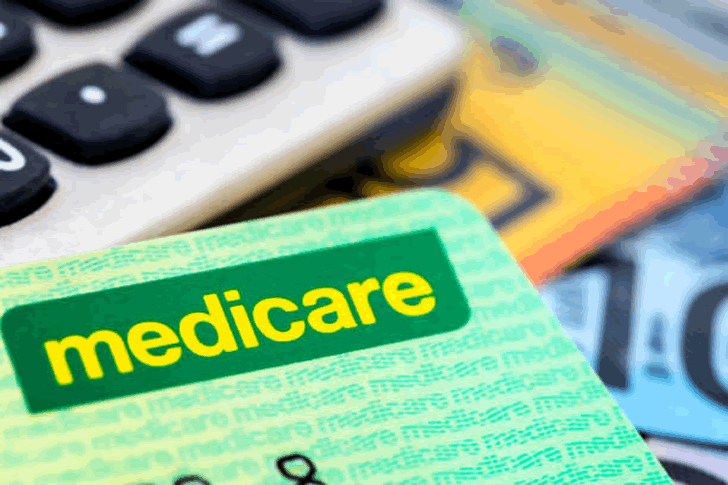This article delves into the landscape of cellphone sales, including special offers from government-supported programs. With the growing reliance on mobile devices, understanding different cellphone offerings is crucial. This guide highlights services and eligibility conditions associated with plans from SafeLink Wireless to True Wireless, providing clarity on accessing these services for eligible individuals.

In today's mobile-driven world, the concept of cellphone sales encompasses a wide array of services and offers that cater to different consumer needs. While commercial cellphone sales focus on delivering premium handsets and customized plans, government-supported programs provide crucial assistance by offering eligible individuals the opportunity to access essential communication tools, including smartphones and data services. This article aims to provide an in-depth analysis of such offerings, particularly those linked with government-supported services, while also looking at trends, challenges, and opportunities within this sector.
Programs that provide government-supported cellphone plans aim to bridge the digital divide. These initiatives ensure low-income households can access vital communication services. Several providers like SafeLink Wireless, Assurance Wireless, StandUp Wireless, Access Wireless, and True Wireless participate in these programs, each with unique offerings tailored to different needs. Additionally, they provide a lifeline to countless individuals who may otherwise be disconnected from essential services and opportunities due to financial constraints.
| Provider | Services Included | Additional Charges |
|---|---|---|
| SafeLink Wireless | Affordable device or BYOD, unlimited talk, text, and variable data | Device upgrades and extra data incur fees |
| Assurance Wireless | Affordable Android phone, unlimited talk and text, data allowances | Charges for extra high-speed data and international calls |
| StandUp Wireless | Affordable smartphone or BYOD, unlimited talk and text, data plans | Premium upgrades and additional data costs |
| Access Wireless | Unlimited voice/text, limited data with benefits | Costs for data or device upgrades |
| True Wireless | Affordable government-supported phones and data services | Optional better devices and data plans |
Source: www.safelinkwireless.com, www.assurancewireless.com, www.standupwireless.com, www.accesswireless.com, www.gotruewireless.com.
To qualify for these government-supported cellphone services, individuals must meet specific criteria, typically tied to income levels or participation in government assistance programs. These service providers usually follow guidelines set forth by the Federal Communications Commission (FCC) and other regulatory bodies, ensuring that benefits reach those in need. Here are the general steps and requirements:
The overall procedure is fairly streamlined, making it accessible for eligible individuals to quickly avail themselves of these offers. Many providers also offer telephone assistance to guide applicants through the process, enhancing accessibility for those who may not be tech-savvy.
Cellphone sales, especially those supported by governmental programs, are pivotal in ensuring connectivity in underprivileged communities. The advent of these offers helps eliminate barriers to adoption, granting broader access to communication tools while promoting digital literacy. The importance of mobile communication cannot be overstated— it serves as a key enabler for job searching, educational opportunities, and maintaining social bonds, particularly in environments where conventional broadband access may be limited or non-existent.
Moreover, mobile phones today are much more than simple communication devices; they are gateways to the digital world. Many individuals rely on their devices to access essential services like telehealth, online banking, and educational resources. As a result, ensuring that low-income households have access to functional smartphones and data services is critical to building a more inclusive society.
Additionally, there is an increasing emphasis on digital skills training as part of these initiatives. Many programs partner with local organizations to provide workshops aimed at improving digital literacy among recipients. This training helps users make the most of their devices, learn about online resources, and understand basic cybersecurity, further empowering them in the digital age.
As the landscape of mobile communication continues to evolve, emerging technologies present new opportunities and challenges for government-supported cellphone programs. The rollout of 5G technology, for instance, holds the potential to revolutionize connectivity for underserved communities, offering faster data speeds and lower latency. However, it also raises concerns about the digital divide, as not all areas will receive the infrastructure upgrade simultaneously.
Providers must adapt their offerings to include the latest technologies while addressing the needs of their users. This might involve bundling services with more data allowances or providing educational resources that enable users to leverage emerging technologies effectively. For example, incorporating mobile hotspot capabilities allows users to share their connection with others, thereby extending access to those in their vicinity.
While government-supported cellphone plans have effectively increased accessibility for many individuals, several challenges persist. First and foremost, awareness of these programs remains a significant hurdle. Many eligible individuals may not know these options exist, or they might find the process daunting due to the documentation required. This lack of awareness limits the programs' reach, keeping potential users from benefiting from available services.
Additionally, some individuals face hurdles in the application process itself. For those who may not have access to the internet or feel uncomfortable navigating online applications, finding support can be challenging. Local outreach programs play a crucial role in bridging these gaps, but more extensive collaborative efforts between service providers and community organizations are necessary for real change.
Furthermore, the dynamic nature of government policies affects these programs as well. Changes in leadership or administrative priorities can influence funding or the specific eligibility criteria. Some users may experience additional stress regarding how future shifts might impact their ongoing service or benefits. Maintaining a steady line of communication and offering reassurances can help mitigate uncertainty for program participants.
Cellphone sales in the context of government support programs offer crucial benefits to eligible individuals. By understanding these offers' nuances, particularly eligibility and application processes, potential users can readily access communication services that meet their needs. These government programs play an essential role in bridging the gap in digital communication, aiding individuals in maintaining essential connectivity in today's digital age.
As we move forward, ensuring the sustainability and evolution of these programs in the face of changing technological and societal needs will be fundamental in creating an inclusive digital future. Continued collaboration among wireless providers, government agencies, and community organizations will be critical in preserving and expanding the vital benefits these services offer.
Disclaimer: The information provided above comes from online resources and is current as of October 2023. This site does not guarantee applicants will successfully obtain a government-supported cellphone. For specific application requirements and protocols, please refer to the official guidelines of the provider. This website may not be updated in real-time.
References:
SafeLink Wireless
Assurance Wireless
StandUp Wireless
Access Wireless
True Wireless
Understanding Dental Implant Prices Near You

Affordable Full Mouth Dental Implants Explained

Enriching Mississippi River Cruise Tips for Senior Travelers

Affordable Dental Implants Financing Near You

Affordable Funding Options for Dental Implants

Understanding Full Mouth Dental Implant Prices

The Ultimate Guide to Online Lorry Insurance and Coverage

Choosing Between Private Health Insurance and Medicare Coverage

Your Ultimate Guide to Accredited Online Accounting Degree Programs
